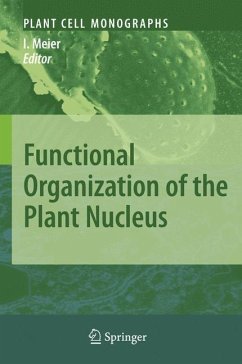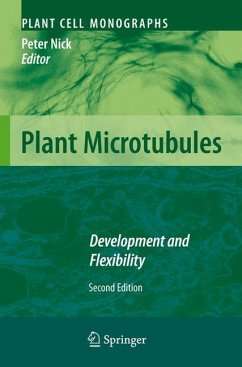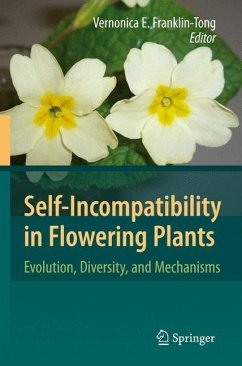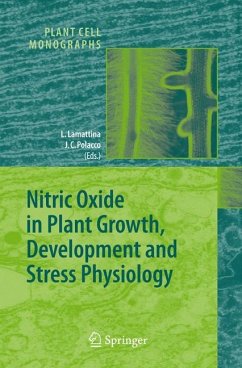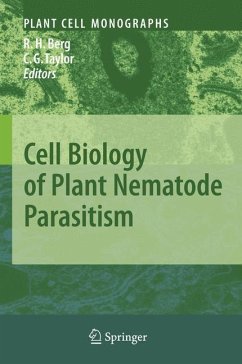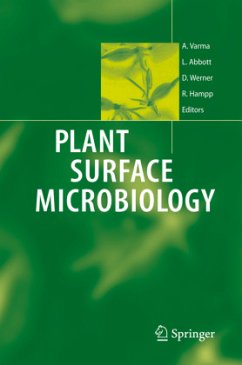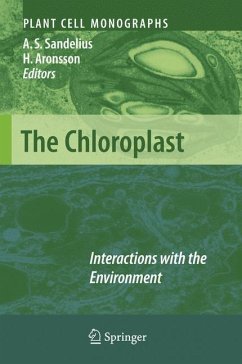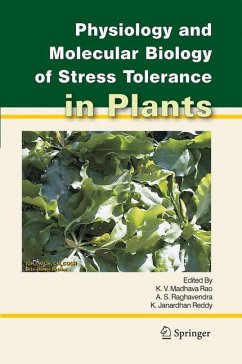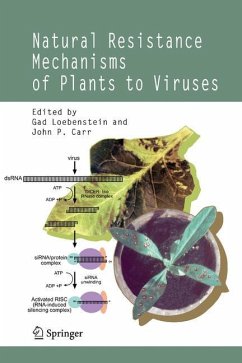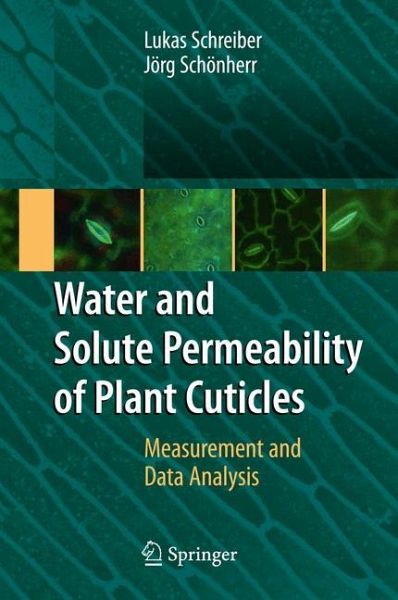
Water and Solute Permeability of Plant Cuticles
Measurement and Data Analysis
Versandkostenfrei!
Versandfertig in 6-10 Tagen
174,99 €
inkl. MwSt.
Weitere Ausgaben:

PAYBACK Punkte
87 °P sammeln!
The study of permeability of plant cuticles is gaining interest since transport processes play a crucial role in plant ecology, plant stress tolerance, plant growth regulation, plant protection, phytopathology and the accumulation of xenobiotics in plants. Penetration of neutral and ionic solutes can be modeled and predicted, provided suitable experiments based on sound theories are conducted using whole leaves, leaf disks or isolated cuticles. These measurements allow estimating water loss from plants, including transgenic plants with an altered cuticle and wax composition. Based on representative examples, the authors describe the basics of sorption, diffusion and permeability characteristics of cuticles. They present suitable experimental approaches, including data analysis, hints to erroneous interpretations and calculations to point out the physiological and ecological consequences.
Transport properties of plant cuticles are important for different ?elds of modern plant sciences. Ecologists and physiologists are interested in water losses to the environment via the cuticle. Penetration of plant protecting agents and nutrients into leaves and fruits is relevant for research in agriculture and plant protection. Ecotoxicologists need to know the amounts of environmental xenobiotics which accumulate in leaves and other primary plant organs from the environment. For all of these studies suitable methods should be used, and a sound theoretical basis helps to formulate testable hypotheses and to interpret experimental data. Unnecessary experiments and experiments which yield ambiguous results can be avoided. In this monograph, we have analysed on a molecular basis the movement of molecules across plant cuticles. Based on current knowledge of chemistry and str- ture of cuticles, we have characterised the aqueous and lipophilic pathways, the nature and mechanisms of mass transport and the factors controlling the rate of movement. We have focused on structure-property relationships for penetrant tra- port, which can explain why water and solute permeabilities of cuticles differ widely among plant species. Based on this knowledge, mechanisms of adaptation to en- ronmental factors can be better understood, and rates of cuticular penetration can be optimised by plant physiologists and pesticide chemists.





